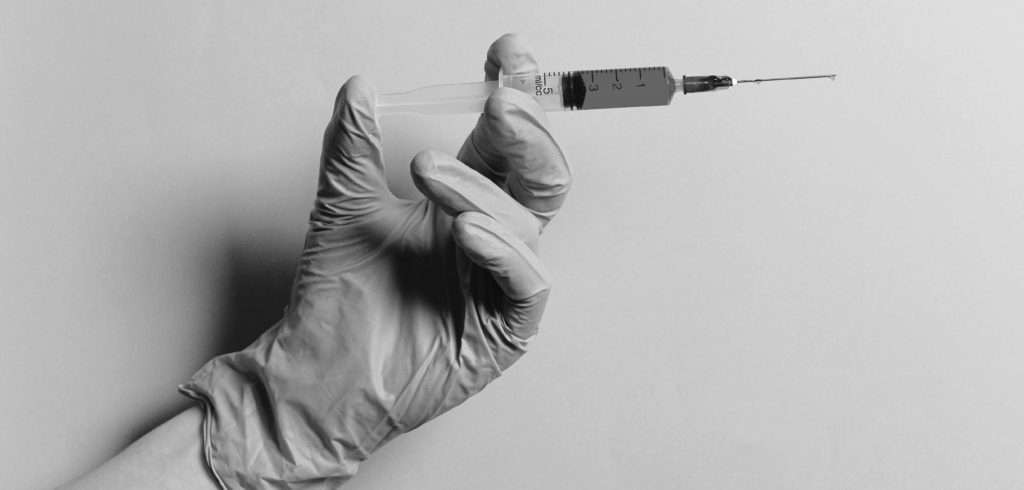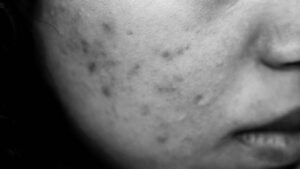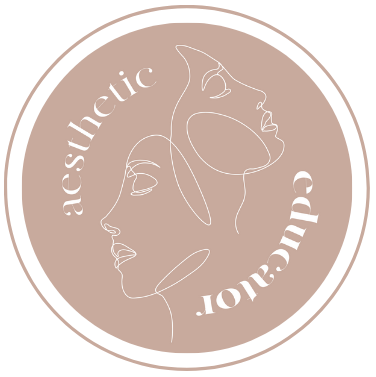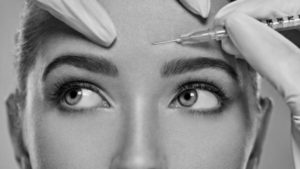What is PRP? PRP, otherwise known as Platelet-Rich Plasma is a biological substance isolated from your blood. It contains high concentrations of growth factors and cytokines, which help stimulate tissue healing and promote collagen synthesis.
This post has everything you need to know about PRP.
What is PRP Treatment?
You may be thinking, well what exactly does Platelet-rich plasma mean and why is PRP treatment getting increasingly popular?
Ever since the discovery of PRP therapy in the early 1970s, this emerging form of regenerative medicine has come a very long way since its first inception. It has taken an intriguing direction, especially in the field of aesthetic medicine and sports science.
Let’s dive deeper into what PRP is all about!
The liquid component of blood is what we call plasma and about 55 per cent of human blood is made from plasma. Around 92 per cent of the plasma is just water; the rest is made up of 7% vital proteins and 1% mineral salts, sugars, fats, hormones and vitamins.
The rest of our blood comprises suspended red, white, and platelet blood cells. Platelets are the cells responsible for the healing of wounds, promoting cell development and the formation of clots to halt bleeding.
How does PRP Therapy Work?
The first step in the treatment process involves, drawing out a few vials of blood from your body and then placing them in a centrifuge. The purpose of the centrifuge is to separate the blood into 3 distinct layers, in which the platelet-rich plasma is derived from the middle portion, also known as the “serum portion”. The platelet pockets in this serum are what secrete large numbers of essential growth factors. The prepared platelet-rich plasma is then drawn into syringes and injected into the sites of the body being treated. Local anesthetics are always used to numb the injection sites.
PRP Treatment for Hair loss
While there are many distinctive types of hair loss, the majority of research centered around PRP as a viable therapy for hair loss is focused on its treatment for androgenic alopecia. This is a type of hormone-related baldness and it can occur in both men and women. It is important to note that PRP is not very effective against other types of hair loss such as alopecia areata or stress-related hair loss.
When injected into the scalp, PRP stimulates the development of new hair follicles and increases the blood supply to existing hair follicles. This results in significant hair growth as well as improved hair texture. The entire process is natural, painless and only takes around 30-45 minutes to complete. This procedure must be carried out once every month for the first 3 months and then a booster session is done after a 6-month interval.
A vast majority of hair experts will recommend only undergoing PRP if prior treatment with Minoxidil or Finasteride has proven to be ineffectual and at the end of the day, only an experienced hair loss expert can guide you on whether or not PRP is something that is right for you. It can also be used in combination with other treatments for men with highly resistant hair loss. An experienced hair loss expert can help you decide whether PRP is something that would be right for you.
What is a “Vampire Facial” and why are celebrities doing it?
From Bachelor star, Keira Maguire to the famous Kim Kardashian, celebrities are lining up to get their facial PRP treatment, otherwise well-known as the “vampire facelift/facial”. This involves injecting PRP into the skin of the face at multiple points. Inside the skin, PRP stimulates collagen production, reduces fine lines, accelerates wound healing, and improves skin texture. By reintroducing PRP back into the skin, cell turnover is encouraged, which also leads to an increase in elastin production. Other procedures like micro-needling can also be combined with PRP to produce complimentary effects since micro-needling is known to reduce fine lines and signs of aging. The best results with vampire facial are seen after 4-6 weeks of treatment
Side Effects
The side effects associated with PRP treatment are minimal since the plasma solution is from the person’s blood and there is no need to take any form of medicine between the sessions. Some known side effects are headache, temporary bleeding from the site of injection, itching, and scalp tenderness. However, these are known to alleviate and resolve quickly.
This post has everything you need to know about PRP.
References
1 – Khatu SS, More YE, Gokhale NR, Chavhan DC, Bendsure N. Platelet-rich plasma in androgenic alopecia: myth or an effective tool. J Cutan Aesthet Surg. 2014 Apr;7(2):107-10. doi: 10.4103/0974-2077.138352. PMID: 25136212; PMCID: PMC4134641.
2 – Gupta AK, Cole J, Deutsch DP, Everts PA, Niedbalski RP, Panchaprateep R, Rinaldi F, Rose PT, Sinclair R, Vogel JE, Welter RJ, Zufelt MD, Puig CJ. Platelet-Rich Plasma as a Treatment for Androgenetic Alopecia. Dermatol Surg. 2019 Oct;45(10):1262-1273. doi: 10.1097/DSS.0000000000001894. PMID: 30882509.
3 – Sharma A, Chouhan K, Bhatia S, Dashore S. Platelet-Rich Plasma in Androgenetic Alopecia. Indian Dermatol Online J. 2021 Nov 25;12(Suppl 1):S31-S40. doi: 10.4103/idoj.idoj_328_21. PMID: 34976879; PMCID: PMC8664169.








